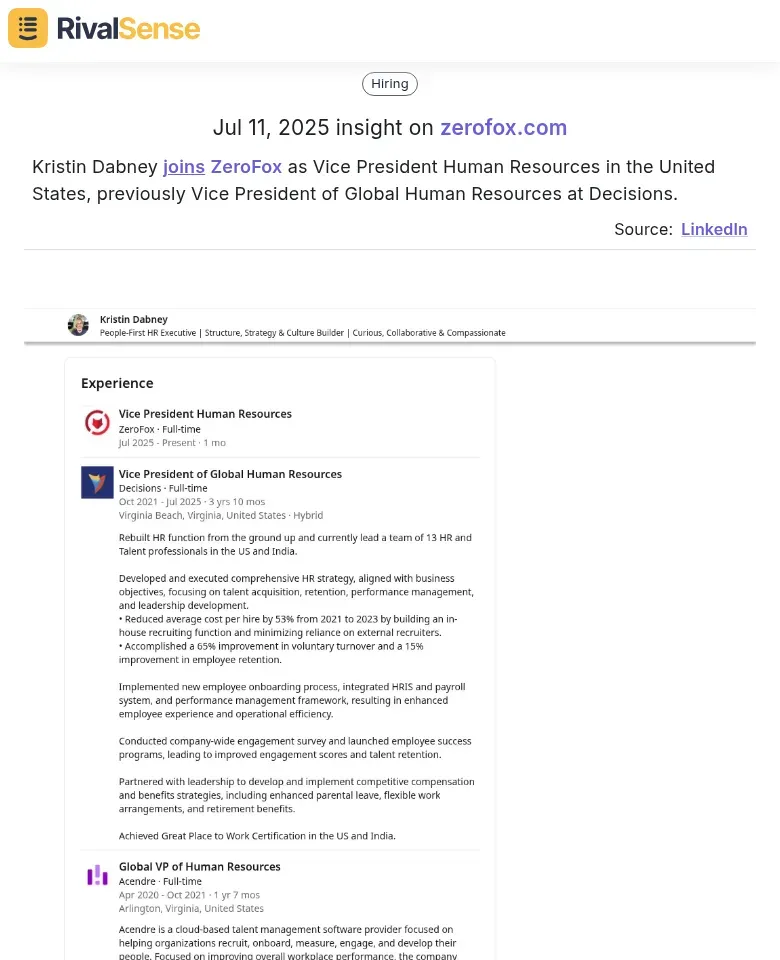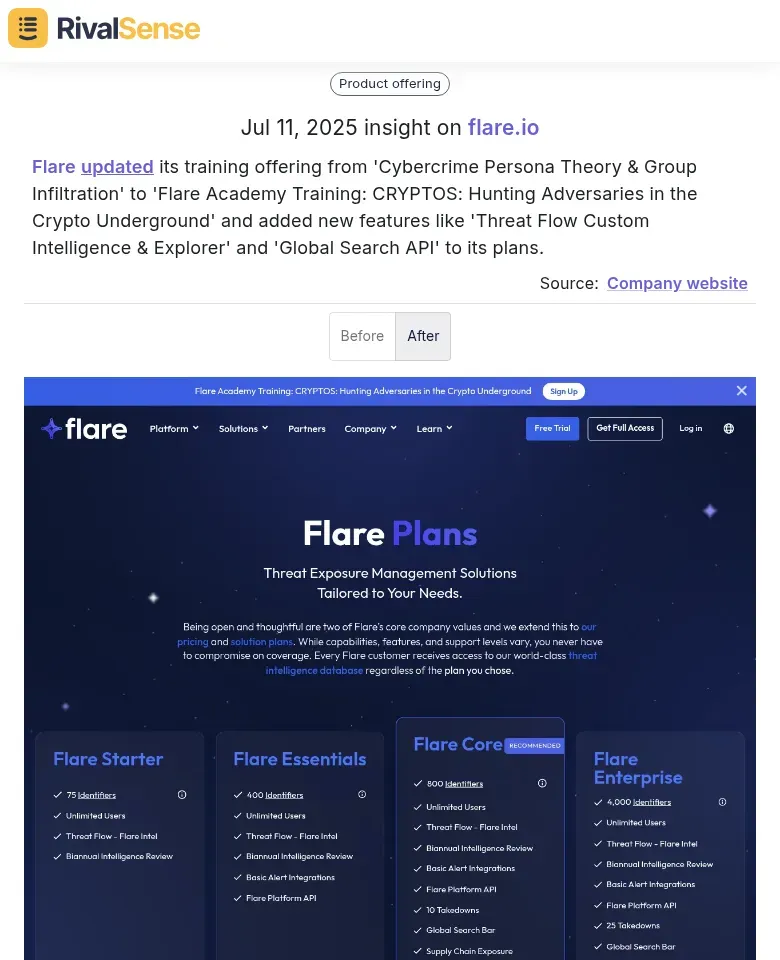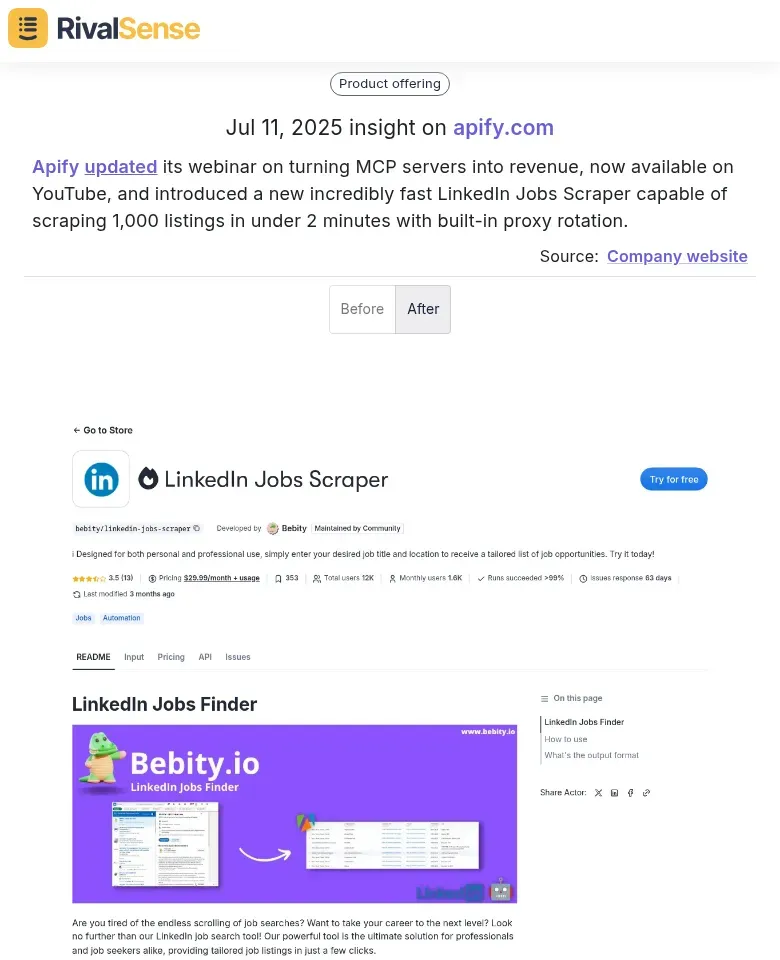B2B Dropshipping: Crisis Response Tactics from Top Competitors
B2B dropshipping, where businesses sell products directly to other businesses without holding inventory, presents unique challenges like supply chain disruptions and fluctuating demand. These intensify during crises, making effective crisis management essential for business continuity. Leading competitors don't just survive—they thrive by transforming challenges into opportunities through proactive strategies. Here's how they maintain resilience when disruptions hit:
- Supply Chain Diversification: Top performers mitigate risks by partnering with multiple suppliers across different regions. This ensures backup options if one supplier fails.
- Real-Time Monitoring: Competitors track inventory, supplier performance, and market trends in real-time to anticipate issues.
- Strong Supplier Relationships: Trust and open communication secure priority treatment during shortages.
- Flexible Pricing Strategies: Dynamic adjustments reflect supply-demand changes to preserve profitability.
- Transparent Customer Communication: Honesty about delays builds loyalty during turbulent periods.
Practical Steps to Implement:
- ✅ Audit your supply chain for single points of failure
- 💡 Use competitor tracking to observe industry leader responses
- 📘 Develop a crisis playbook for scenarios like supplier defaults
Identifying Crisis Triggers in B2B Dropshipping
Recognizing early warning signs is crucial for resilience in B2B dropshipping. Common triggers include supply chain breakdowns, demand surges, supplier unreliability, and geopolitical events affecting logistics. Savvy competitors monitor these through tools like RivalSense, ensuring they're never blindsided. By analyzing patterns—like recurring supplier delays—they anticipate problems before escalation.
Example from RivalSense:
Kristin Dabney joined ZeroFox as VP of Human Resources, transitioning from her role at Decisions.

Why it matters: Executive moves often signal strategic shifts. Tracking them helps predict competitor focus areas like talent acquisition during crises.
Actionable tactics:
- Map geopolitical risks in supplier regions using news aggregators
- Monitor competitor inventory stockpiling as a shortage indicator
- Build a crisis playbook with backup supplier contacts
Strategic Crisis Response Frameworks
Leading B2B dropshippers deploy structured frameworks combining real-time monitoring, agile decision-making, and transparent communication. They automate disruption alerts and use pre-defined protocols for swift action. For example, during supply chain crises, giants like Alibaba rerouted shipments through alternative logistics networks, while Shopify offered extended payment terms to retain merchants.
Example from RivalSense:
Flare rebranded its training to 'CRYPTOS: Hunting Adversaries in the Crypto Underground' while adding 'Threat Flow Custom Intelligence' and 'Global Search API' features.

Why it matters: Feature expansions reveal how competitors adapt offerings during threats—valuable for benchmarking your own crisis pivots.
Implementation blueprint:
- Identify critical risks in supply chain/payment systems
- Assign crisis roles for clear accountability
- Create scenario playbooks (e.g., cyberattack response)
- Conduct quarterly drills to refine responses
Leveraging Technology for Crisis Response
Advanced tools are non-negotiable for modern crisis management. Top players use platforms like RivalSense to track market shifts and competitor moves, enabling rapid pivots. AI-driven chatbots handle inquiry surges during disruptions, while automated inventory systems prevent stockouts. The key is balancing technology with human oversight—AI predicts risks, but teams interpret data for tailored solutions.
Example from RivalSense:
Apify updated its webinar on monetizing MCP servers and launched a LinkedIn Jobs Scraper processing 1,000 listings in <2 minutes with proxy rotation.

Why it matters: Product launches expose efficiency tools competitors adopt during crises, inspiring your own tech stack upgrades.
Automation checklist:
- Audit repetitive crisis tasks (e.g., inventory alerts)
- Implement AI tools for automation
- Test systems under simulated disruptions
Building Long-Term Resilience
True resilience requires embedding strategic safeguards into business models. Market leaders avoid single-supplier dependencies through rigorous diversification, while quarterly risk assessments preempt bottlenecks. They also document past crisis responses to refine future playbooks and allocate budgets for innovation like AI-driven demand forecasting.
Proven strategies:
- Supplier diversification matrix: Evaluate partners by location/reliability
- Quarterly risk prioritization: Rank threats from cyberattacks to tariffs
- Crisis knowledge repository: Archive response outcomes for reference
- Future-proofing fund: Dedicate 5-10% of budgets to resilience tech
Actionable tip: Reverse-engineer competitor supplier networks during disruptions to identify backup options.
Conclusion: Transforming Crisis into Advantage
Agility and innovation define successful crisis navigation in B2B dropshipping. By diversifying suppliers, automating responses, and communicating transparently, businesses convert disruptions into growth opportunities. Immediate next steps include vulnerability assessments, competitor strategy analysis, and playbook development.
Ready to decode competitor moves during crises?
👉 Try RivalSense Free to monitor product launches, pricing changes, and leadership shifts—get your first competitor report today and turn market turbulence into strategic advantage.
📚 Read more
👉 How SEON's Automation Push Spurred Rival Innovation
👉 Quick Instagram Hacks for Market Intelligence & Competitive Positioning
👉 Unlock HR Tech Sales Wins: Competitor Tactics Research Templates
👉 Optimizing B2B Competitor Analysis for Financials & M&A Success
👉 How to Leverage Competitor Contract Wins for Strategic Advantage
